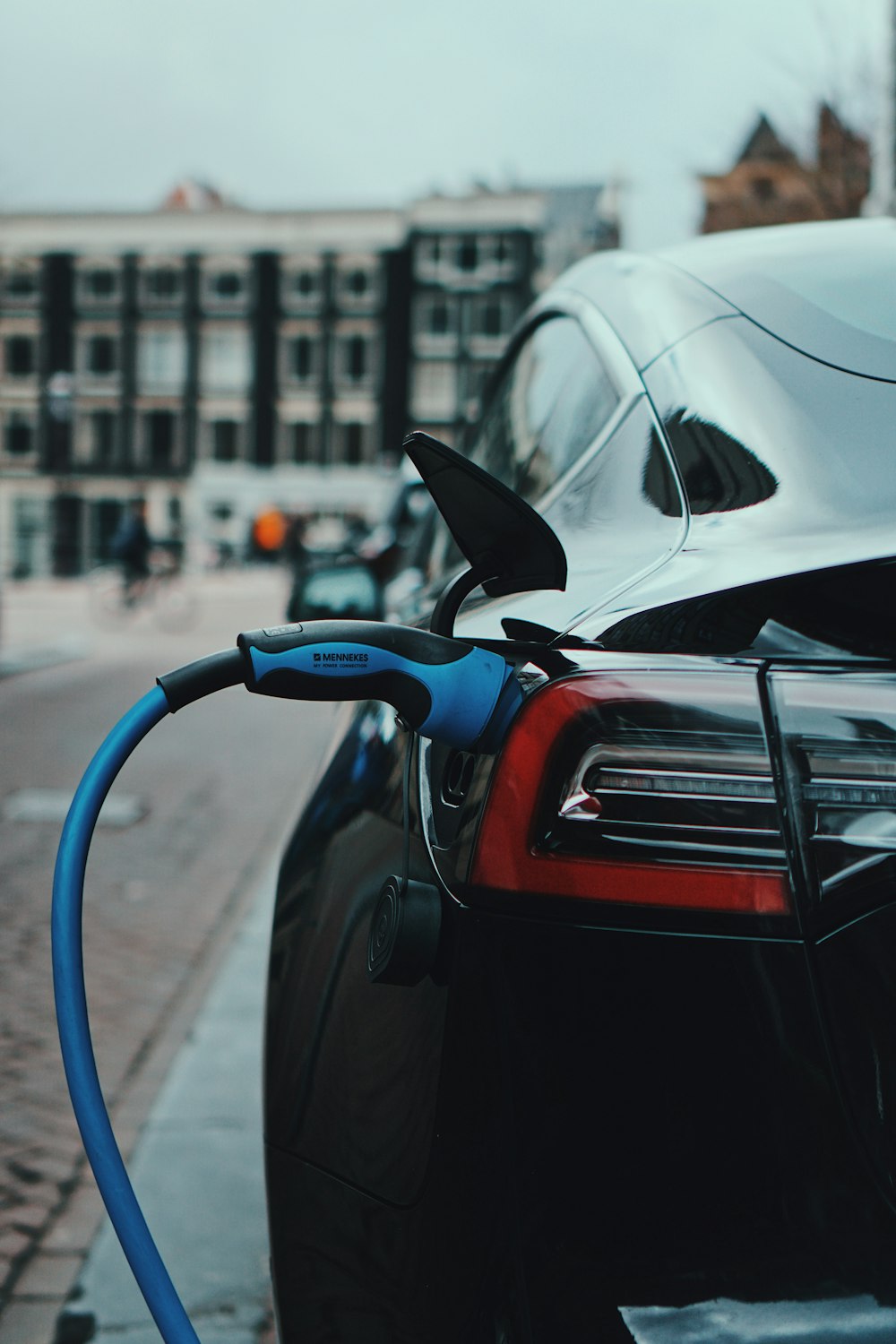What do electric cars, reusable grocery bags, and biodegradable utensils have in common?
They are all examples of objects deemed as sustainable, but the similarity many of us probably thought of first was that they are expensive.
This sets up a bit of a predicament, being that one of the most effective ways to create an eco-friendly world would be to allow every single person the ability to use sustainable items in their lives – except that simply does not work with the ones aforementioned. While they are available to the public and do indeed have better effects on the world than their cheaper counterparts, not everyone can afford these things. This is just one example that shows how difficult it is to promote sustainability, and I plan to go deeper into the issue of cost as well as other ways that contribute to this subject.
But first, I want to address a topic that we have learned about in class that also applies to this matter. In one article we read, Upon Opening the Black Box and Finding It Empty by Langdon Winner, we were introduced to the concept that technologies can have political purposes behind them along with their original purpose to address a problem. I suggest that although these expensive sustainable items (and others I don’t mention) are made for a good cause, they have some political effects on consumers, however unintentional they may be.
- Cost (Cont.)
The price of sustainable items is significantly higher than their less-sustainable versions. For example, the average cost of an electric vehicle is around twice the amount of a gas one (electric estimated to be $66,997 and gas $33,797 on this car guide). This separates the amount people can contribute to eco-friendly practices into classes of wealth; it is far easier for the richer to own these things than others. And since the extremely wealthy make up a much smaller percentage of the population than everyone else, these products are not having as strong of an effect as they are intended to.

Source: unsplash.com
- Availability
Another way that it can be harder for everyone to bring sustainable products into their everyday routines is whether or not they are able to obtain such items in the first place. Using the electric car again as a sample, there are more in stock at certain dealerships than in others. One could still choose to custom order one, but then it would be even more money to ship it. For reusable grocery bags and biodegradable utensils, the same circumstance applies. Some stores offer these items while others don’t; this limits the amount of people who can participate in obtaining these products.
- Location
Lastly, whether or not sustainable products are available depends on where they are being offered. Naturally, in a place such as a city, where there are more people and where there is more business, there are going to be more marketable objects. Therefore, there is a higher chance that those who live in an urban area will have easier access to buying eco-friendly items – which may be more obscure in a rural setting.

Source: unsplash.com
So, there are quite a few things that change how effective sustainable products truly are. How much they cost, how accessible they are, and where they are being sold all play a part in allowing or preventing certain groups of people from buying them. Mostly, the biggest factor in determining if someone purchases an eco-friendly item is the price. If people cannot afford these products, then not as many of them will be utilized. If they are not utilized, they are not really helping the earth against humanity’s harmful practices.
Of course, this is if the people who can afford these products even do so in the first place. How many people have the opportunity to implement sustainable practices in their lives and don’t? But that is a question for another time.